Jump to Section
- Why Playdates Matter
- What Makes a Good Match?
- How to Introduce Dogs Safely
- Where to Find Playdates
- Watch Their Body Language
- When to End the Playdate
- FAQs
Why Playdates Matter

Social play helps dogs learn bite inhibition, body language cues, and confidence in group settings. For energetic dogs, it’s also a great outlet for pent-up energy and boredom-related behaviours.
What Makes a Good Match?
Size, temperament, energy level, and play style all matter. A young high-energy dog may overwhelm a shy or senior dog. Look for dogs with similar body language and interest in play — not just similar size.
How to Introduce Dogs Safely
Start on neutral ground, like a quiet park. Keep both dogs on loose leads, and let them sniff and disengage naturally. Avoid face-to-face tension. Watch for signs of stress or overexcitement, and interrupt with a recall if needed. See our guide to socialising shy dogs for gentle intro tips.
Where to Find Playdates

Try local dog parks, community Facebook groups, or ask your vet or dog trainer for suggestions. You can also connect through dog training classes or pet-friendly cafes where well-socialised dogs gather.
Watch Their Body Language
Loose, wiggly bodies, play bows, and short pauses during play are good signs. Mounting, pinned ears, or tucked tails suggest discomfort. Read more in our post: Dog Body Language 101.
When to End the Playdate
End while things are still positive. Don’t wait for tension or exhaustion to set in. A 30-minute session is often more than enough — especially for younger or more introverted dogs.
FAQs
How old should my dog be before meeting other dogs?
Puppies can start meeting other vaccinated, calm dogs after their initial shots — usually from around 12 weeks. Start small and positive.
What if my dog doesn’t enjoy playing with others?
That’s okay. Not every dog is social. Try parallel walks or low-pressure environments, and never force interaction.
Should I let dogs "work it out" during tension?
No — it’s better to intervene calmly at the first sign of tension. Preventing escalation is key to a positive experience.
Can small and large dogs play together?
Only if both are gentle and well-matched in temperament. Always supervise closely — size mismatches can lead to accidental injuries.
How do I know if the dogs are actually playing?
Look for mirrored behaviours, bouncy movement, and pauses. If one dog keeps trying to escape or looks stiff, it's not a good match.


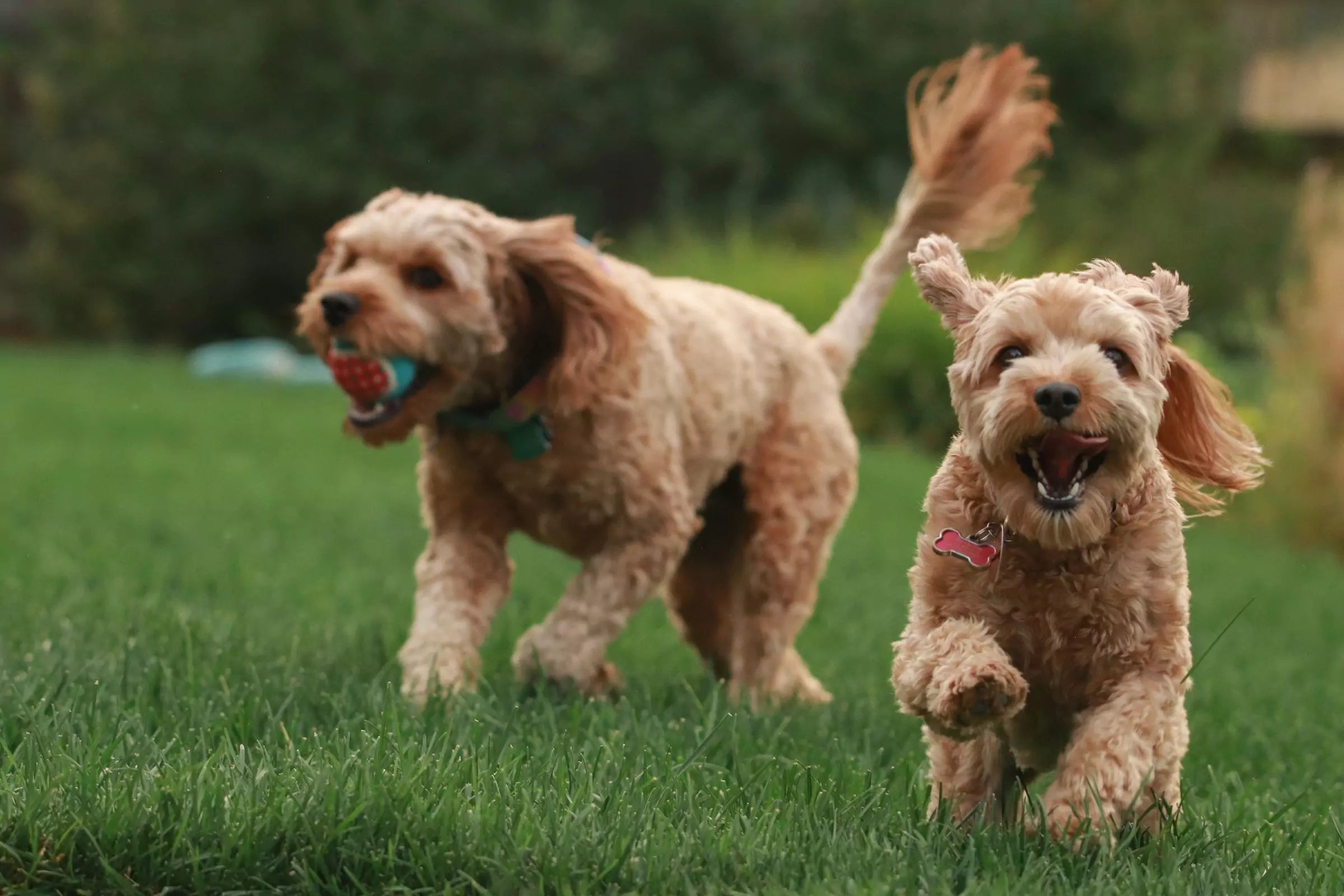

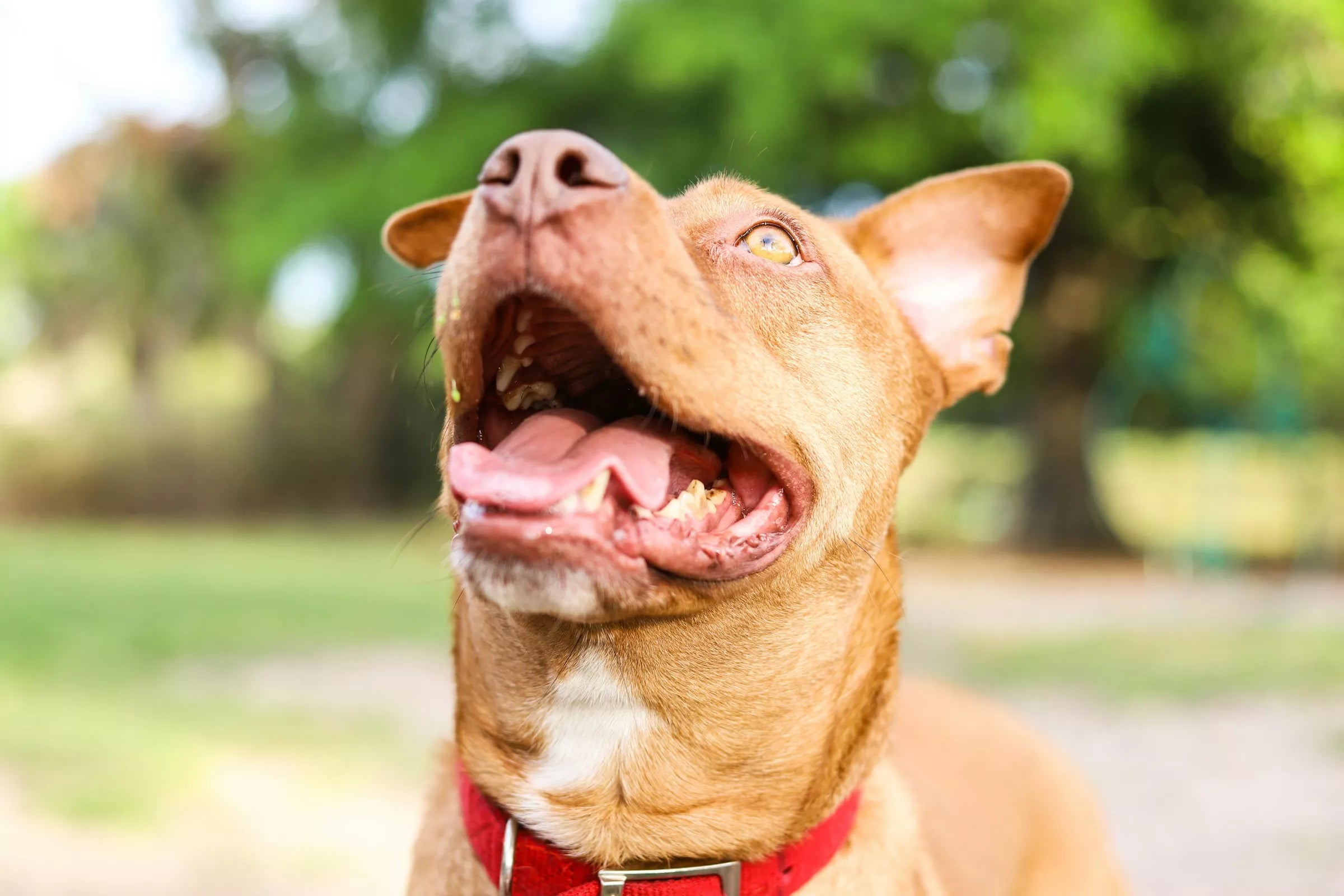
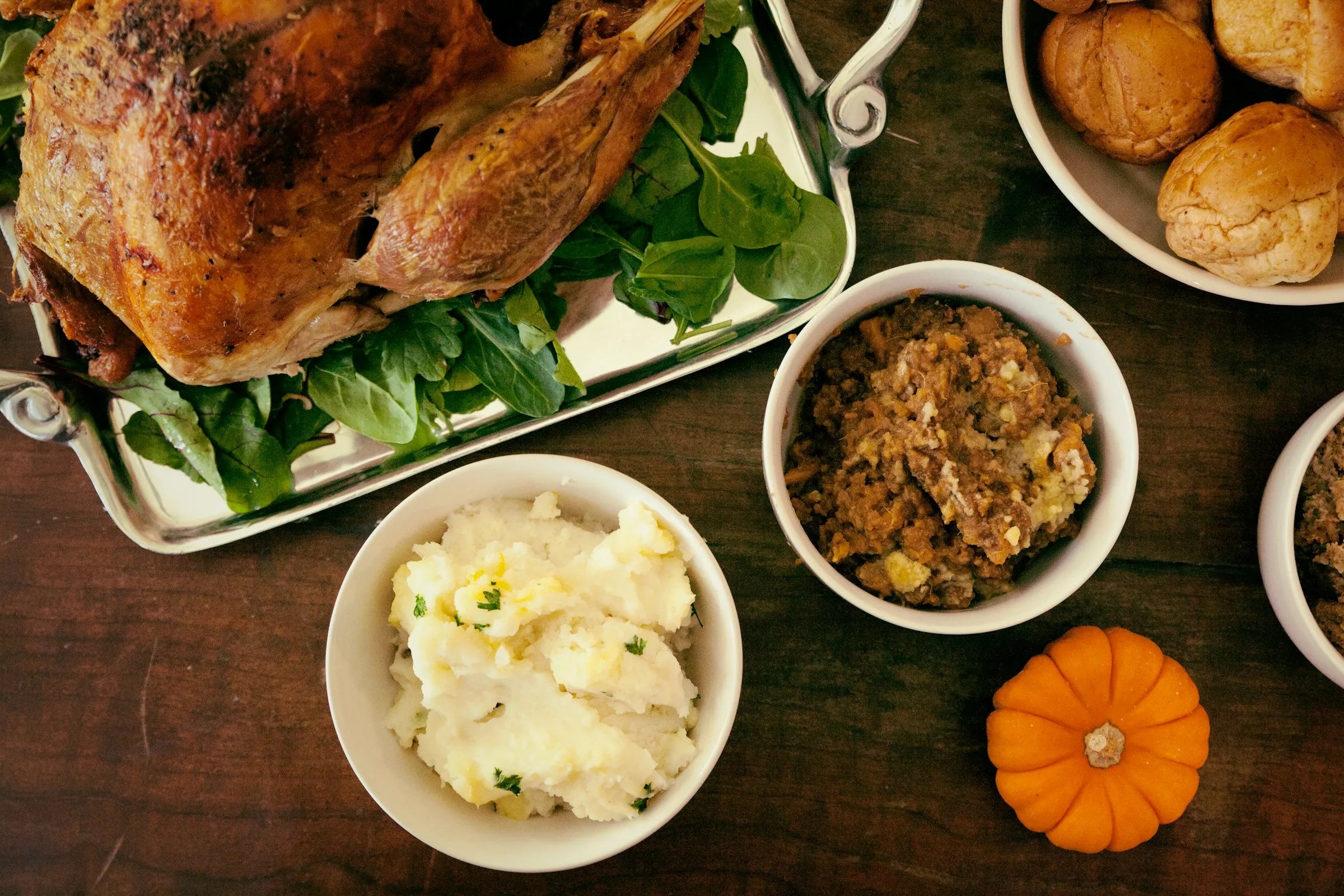
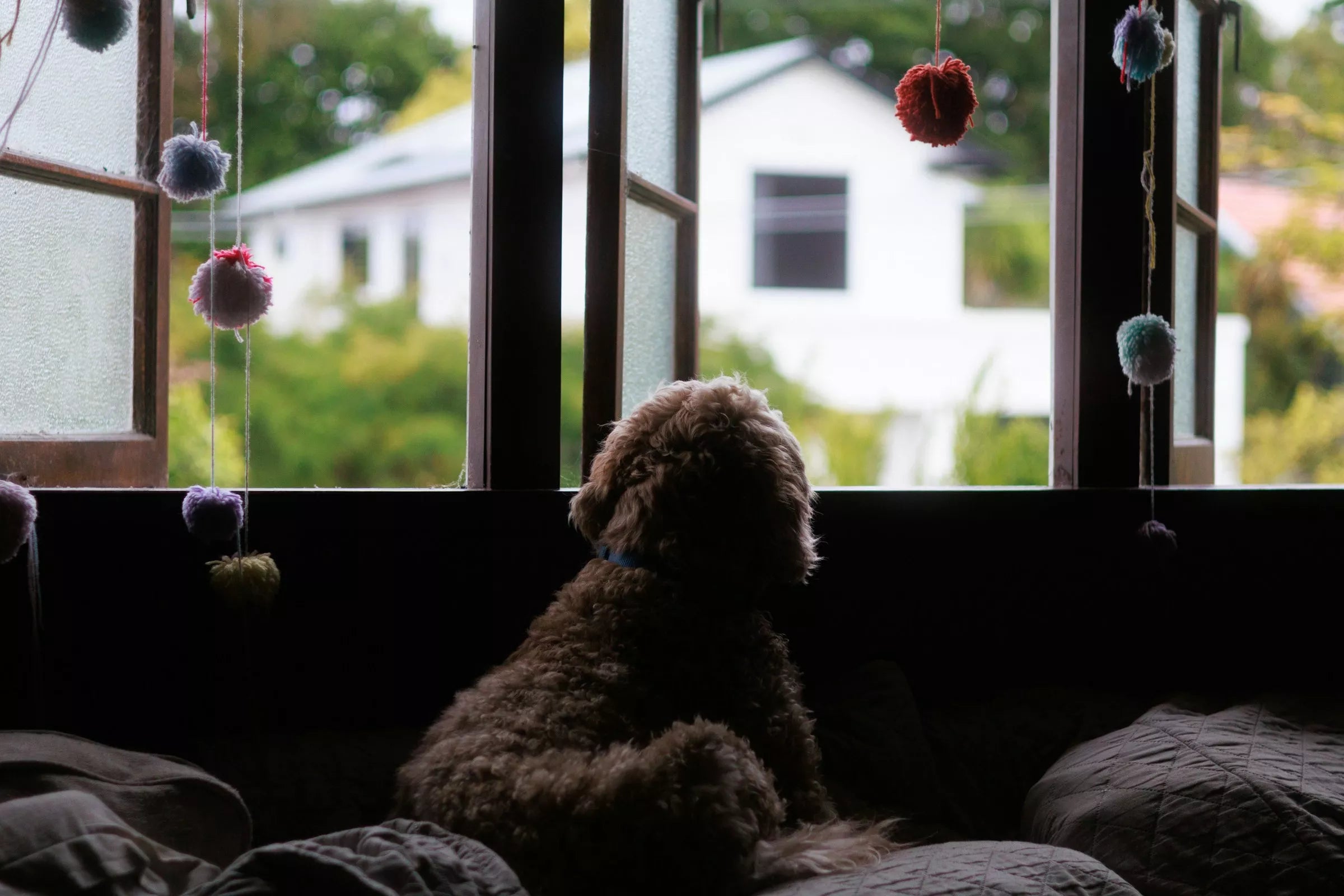
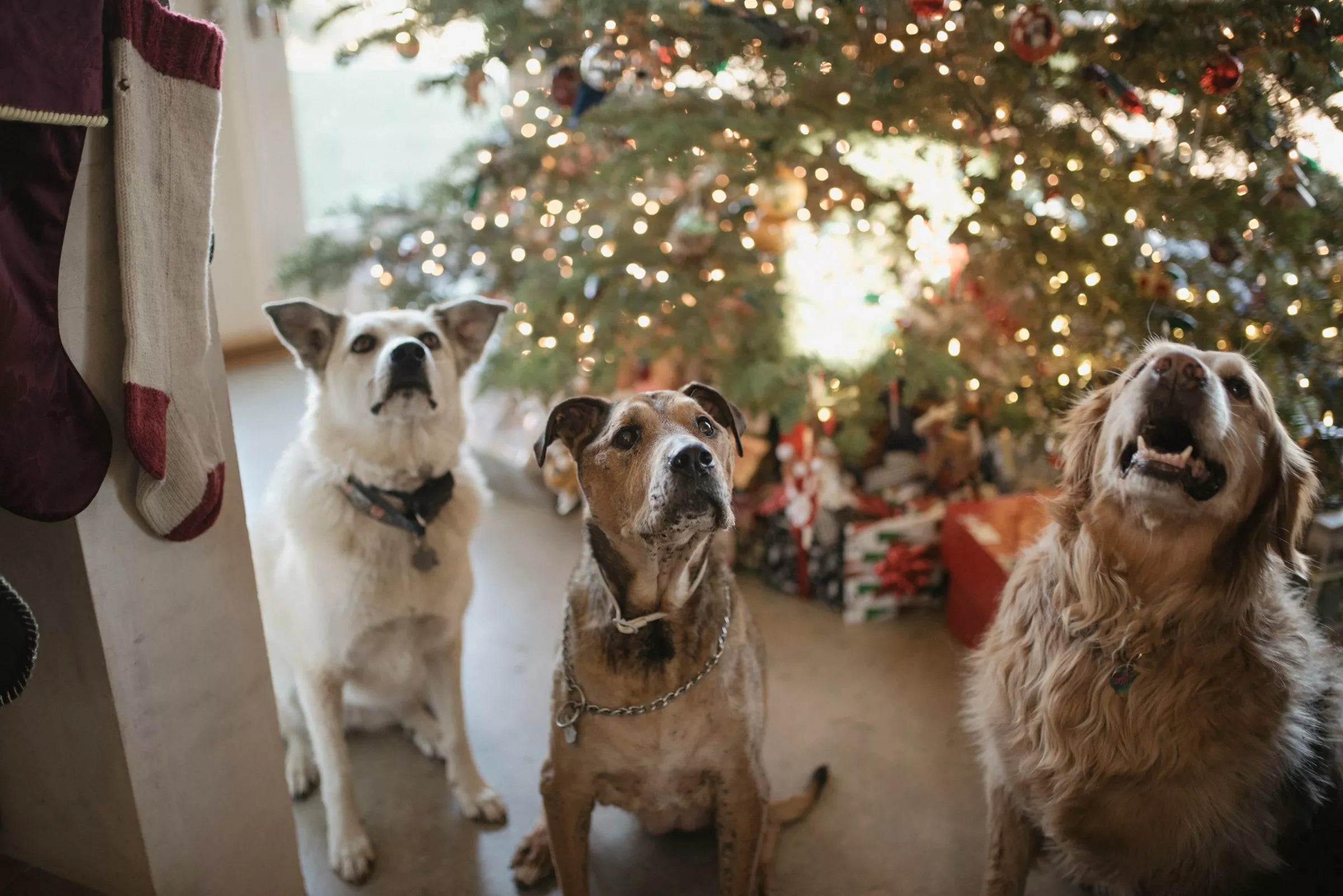
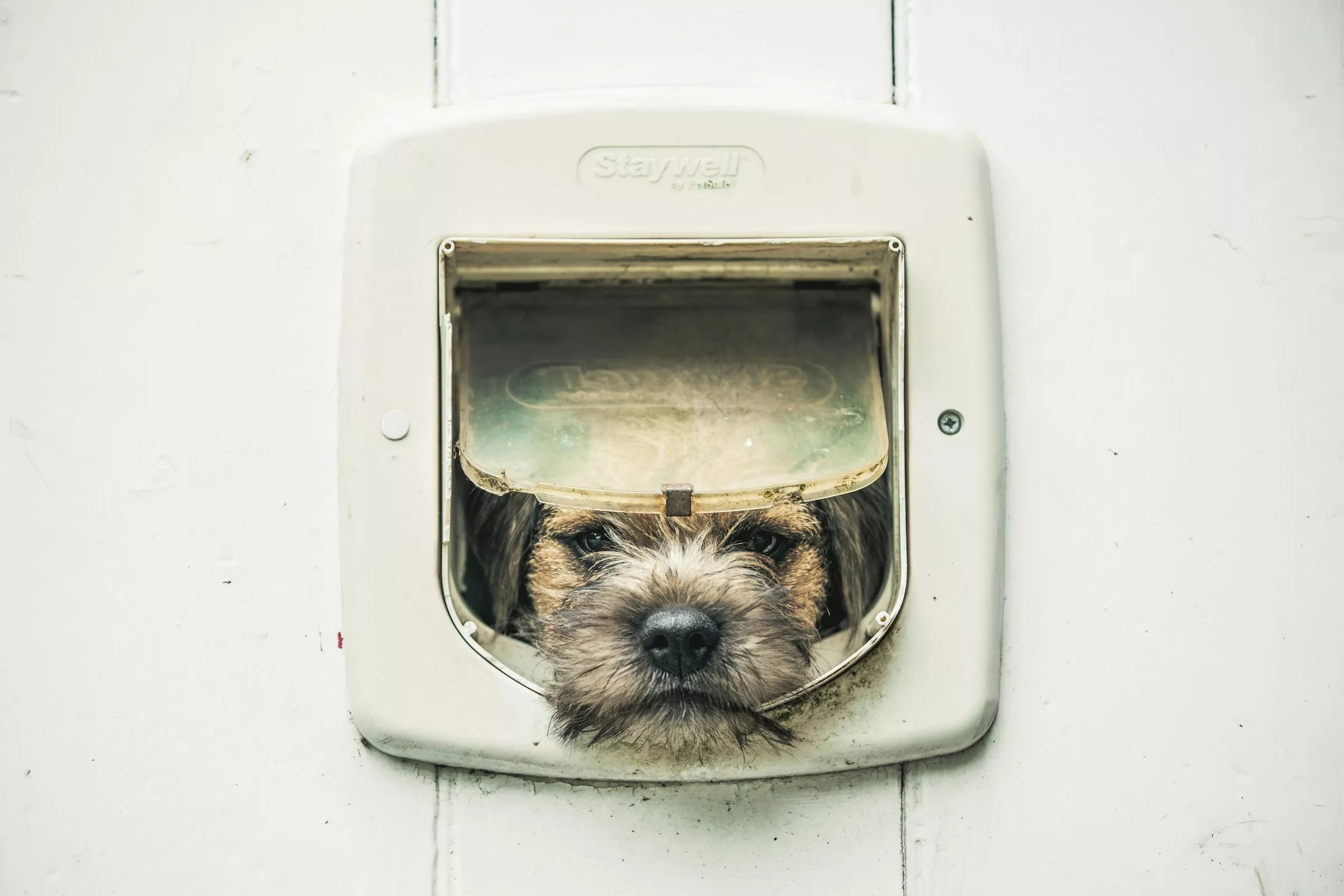






Share:
Can Dogs Get Seasonal Allergies?
11 Things All Dog Owners Must Know